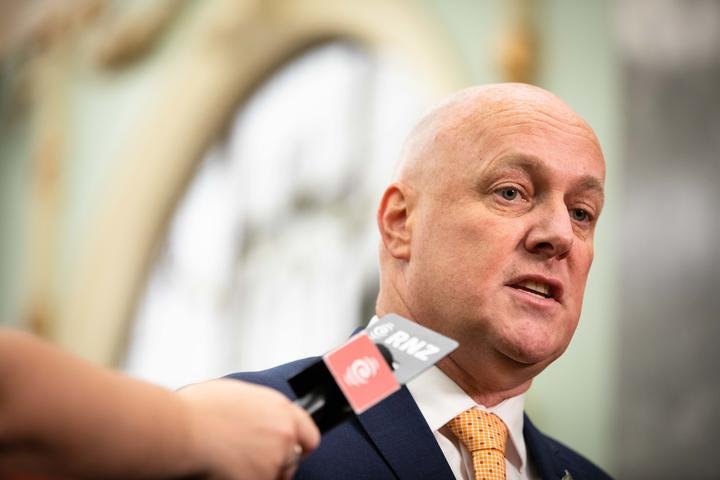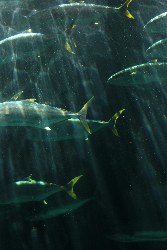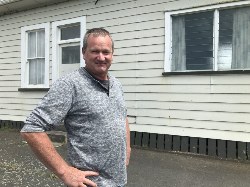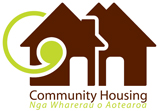Wellington native bird numbers flying high
Wellington is now a prime place to see threatened native bird species and hear a dawn chorus according to a survey which shows numbers are booming.
One trend indicates that kakariki have increased about 700 percent since 2011, and new species have been picked up in the capital’s annual bird count.
All native bird species are on the increase in the city’s reserves, and tui and silvereye are the two most abundant species. Trends also indicate that you are twice as likely to see a tui in a council reserve than you were in 2011.
Since 2011, Wellington City Council’s Urban Ecology programme has engaged professional ecologists to conduct yearly five-minute bird counts at 100 stations in Wellington city reserves. The counts provide a high-level picture of how birds are doing by monitoring the trends in diversity, abundance and distribution. The report includes records of little penguins and spotted shags for the first time.
“This is a fantastic result and shows there will be visible results as we progress towards becoming a predator-free capital,” says Mayor Justin Lester.
“It’s incredible when you think there were only about six pairs of tui inside Zealandia in the mid-1990s and now we are seeing them everywhere.
“The trends emerging from the surveys indicate that kakariki have increased around 700 percent, kereru 350 percent and kaka at least 250 percent. Wellington is quickly becoming the bird-spotting capital.”
Councillor Peter Gilberd, who holds the Natural Environment portfolio, says reintroductions into Zealandia have been a important factor in the increase in bird life.
“There are also more birds in more places because they have been largely encouraged by the Council’s large-scale predator control operations, and community trapping groups are intensifying efforts in reserves and backyards across the city. Fewer predators means safer habitats for native birds.”
The Council’s extensive planting programme has also been a game-changer. “More than 1.7 million native plants have been planted in open spaces – giving birds more food and habitat,” Cr Gilberd says.
Council’s
Environment Partnership Leader, Tim Park says
“Wellingtonians can also get involved by sharing
observations of birds on ebird.org or iNaturalist.nz. These free
citizen science platforms are a great way to meaningfully
contribute to our understanding of the changing nature of
Wellington.”


 Gordon Campbell: On The Coalition’s Awful, Not Good, Very Bad Poll Results
Gordon Campbell: On The Coalition’s Awful, Not Good, Very Bad Poll Results Labour Party: National Should Heed Tribunal Warning And Scrap Coalition Commitment With ACT
Labour Party: National Should Heed Tribunal Warning And Scrap Coalition Commitment With ACT Government: Saves Access To Medicines
Government: Saves Access To Medicines Office of the Speaker: Law And Order, Finance, And Defence A Focus For Ukrainian Parliamentary Delegation To NZ
Office of the Speaker: Law And Order, Finance, And Defence A Focus For Ukrainian Parliamentary Delegation To NZ Environmental Defence Society: Fast-track Approvals Bill Presents A Serious Risk To New Zealand Exporters
Environmental Defence Society: Fast-track Approvals Bill Presents A Serious Risk To New Zealand Exporters NZ Government: New Lab To Help Protect Key Pacific Tuna Fisheries
NZ Government: New Lab To Help Protect Key Pacific Tuna Fisheries Susan Botting - Local Democracy Reporter: Ruawai Leader Slams Kaipara Council In Battle Over $400k Property
Susan Botting - Local Democracy Reporter: Ruawai Leader Slams Kaipara Council In Battle Over $400k Property


